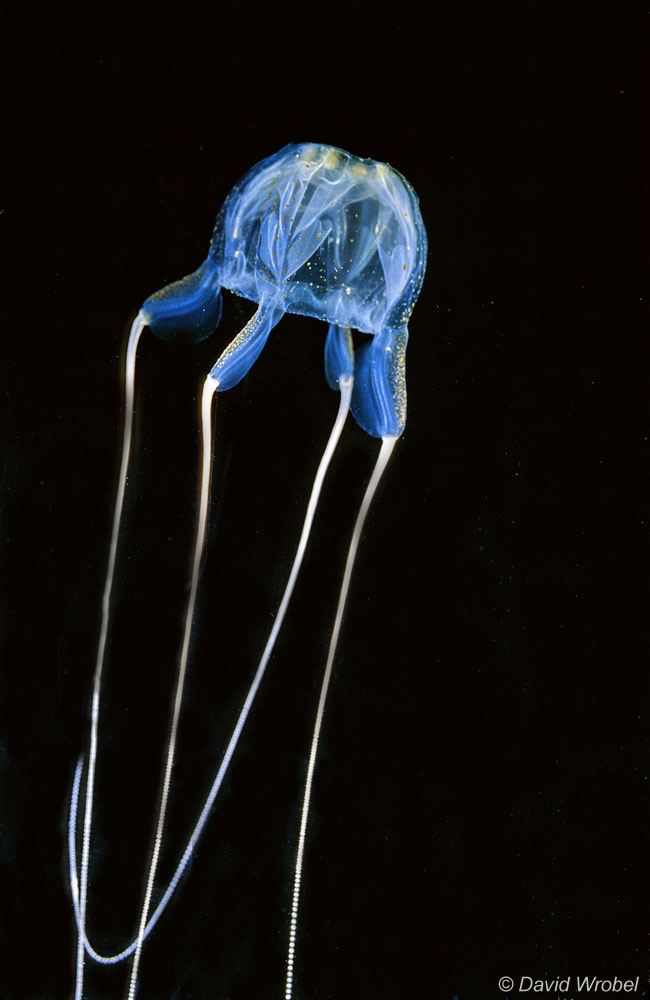http://image.slidesharecdn.com/homeostasis-121117100359-phpapp02/95/homeostasis-7-638.jpg?cb=1353146781
http://www.sciencekids.co.nz/images/pictures/humanbody/humanorgans.jpg
Throughout the second semester, I was able to learn so much information because of the great lessons and projects Mr. Orre provided! In the last few months, I was able to understand important concepts through the convenient, helpful vodcasts. I was also able to learn the concepts through experiments and videos. Aside from learning about biology, I was given a chance to use technologies to submit assignments and more importantly, record my progress as I acquire skills and knowledge in the class. This is an amazing, unique experience that really allow me understand how the Internet can potentially help students as they share their ideas and track their work.
This experience has helped me create many educational posts on my blog. One of my favorite include Pig Dissection post, which includes a summary and a video of our group showing the functions of the organs in pig's body. I really like this post because it records my awesome experience of dissecting a pig. Another post that I like is the 20 Time Final Post, which summarizes my hard work and my passion for psychology. This post also includes a video showing the ted talk I did in class. This is also another unique experience that helped me grow as a student and a public speaker.
To wrap up this post and this year of biology, I want to thank Mr. Orre for being such a passionate and helpful teacher. His fun, interesting teaching style really helped me improve my skills in delivering speeches, presenting ideas, creating a great presentation, and communicating with my peers. I am so thankful to have been able to participate in various activities with the class and to learn so much information about biology. I am very happy to be able to see my improvement on different skills and to also see my growth as a freshman in high school. Mr. Orre, thank you so much! I will use all the skills and knowledge I acquired in this class and I will definitely continue to improve as a student as I continue with my study.
http://www.biology.iastate.edu/files/styles/announcement_full/public/announcement/images/biologywebbanner.jpg?itok=LyCH1WMZ








